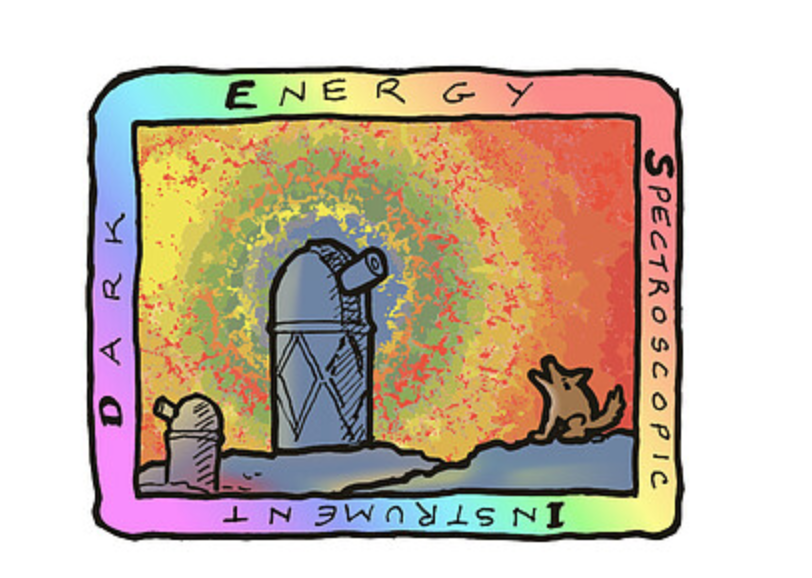Hello!
This is my first diary post for the ANAT Synapse Artist Residency but I have been researching and speaking with the wonderful astrophysicist Professor Tamara Davis and her incredible astro/cosmo team at the University of Queensland for the last couple of months. Tamara is an expert in astrophysics, cosmology, supernovae, dark energy, vacuum energy, quantum gravity, physics, universe, dark matter, astronomy and so much more. I am spending an extended period with the team in Queensland this month and am excited to share more news regularly.
I have always been interested in every aspect of the universe Tamara is immersed in, but as a writer and artist, these subject matters have been at times abstract, elusive and full of concepts not always easy to grasp. Tamara and the team are making the cosmos come to life and are introducing me to so many new ideas. I am particularly interested in the ‘dark’ things: dark energy and dark matter.
The mysterious ‘dark energy’ affects the acceleration of the universe and of course, has so many unknowns. Tamara leads the Australian Dark Energy Survey (OzDES) — working with the international Dark Energy Survey and the Dark Energy Spectroscopic Instrument project (DESI). The DESI project aims to build the world’s largest three-dimensional map of the universe.

Dark energy (and dark matter) use narratives about networks, movement and locations. With galaxy formations, scientists speak of the cosmic web environment with voids, walls and intergalactic hot-gas filaments. These filaments have been described as ‘umbilical chords’ attached to ‘nexus’ points throughout the universe. There are a plethora of stories, images and metaphoric themes used to describe astrophysical phenomena. I am finding out more about the way words, symbols and language can be used in this context. There are so many new words to discover.
This collaboration will explore distance, mapping, composition and the measurement of the universe through the practices of language and symbolism.
When describing the language of classical physics in regards to atomic models, physicist Niels Bohr is reported to have said to Werner Heisenberg, ‘We must be clear that when it comes toatoms, language can be used only as in poetry. The poet, too, is not nearly so concerned with describing facts as with creating images and establishing mental connections.’ A better understanding of physics may be possible through the utilisation of literary and linguistic tools—as well as through creative, collaborative and iterative models. Also, by directly engaging with physics, poetry can be enhanced and use alternative structures and experimental or mathematical forms.
I will post more about the process soon. Thank you ANAT for this wonderful opportunity!
Here’s one of my first poems after meeting Tamara and the team:
Black Tar Dream
only when you disappear
from your inky-dim dread
at the swoop of dark energy
escaping right into yourself
will space disclose its own
rousing untangling narratives
the universe, a perched raven
as light ricochets off matter
while imperceptible objects:
near-infrared ringlets of gas
gamma ray, ultraviolet –
unmask if closely observed
we are waves, we are particles
excitations of a quantum field
a quintessence of divergences
branching when you reappear
you apprehend our position
everything else is backdrop

